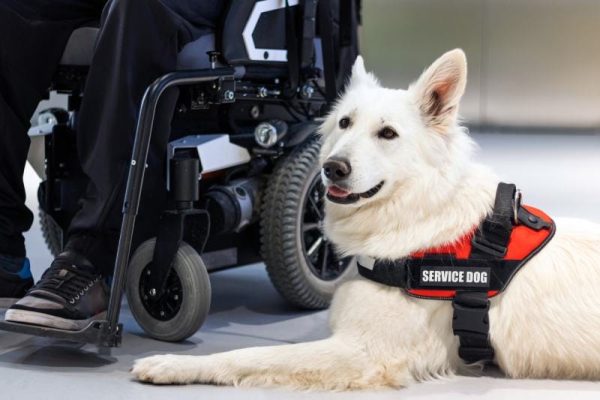In this article
Dental disease is one of the most common health conditions that impacts pet dogs. The best way to keep your dog’s mouth healthy is to brush their teeth but how often should you do so? Ideally, you should brush your dog’s teeth at least one or two times per day, when possible.
In this article, we’ll tell you why it’s important to brush your dog’s teeth so often, what equipment you’ll need for brushing, and alternative dental care options if you’re struggling to keep your dog’s teeth clean. You’ll also learn some signs of dental disease to be aware of that could indicate your dog needs professional cleaning.

Why You Should Brush Your Dog’s Teeth at Least Once a Day
When your dog eats, bacteria build up on their teeth as a layer of plaque. Plaque quickly mixes with minerals from the dog’s saliva and hardens into tartar. This tartar, along with gingivitis (gum inflammation,) is the basis of dental disease and can eventually lead to more serious problems, including tooth loss.
Brushing your dog’s teeth at least once daily helps remove plaque before it can harden into tartar. Because plaque can develop within hours after eating, twice-a-day brushing may be even more effective at slowing tartar buildup. Every other day is typically considered the minimum number of brushing sessions that are still helpful in removing plaque effectively.

What Do I Need to Brush My Dog’s Teeth?
Technically, something to brush with is all you’ll need, such as a toothbrush, finger brush, or even gauze. However, you can add a toothpaste formulated for dogs as well. Don’t use human toothpaste for your dog. It’s not intended to be swallowed, and dogs don’t understand how to spit out the used paste. Human toothpaste can also contain toxic ingredients such fluoride and xylitol.
How Do I Brush My Dog’s Teeth?
If possible, get your dog used to having their teeth brushed when they’re a puppy. A good strategy is to first get your dog used to having their mouth handled and their teeth wiped with a soft cloth. Then, progress to introducing dog toothpaste, which is often flavored and serves as a treat during brushing.
When ready to use a toothbrush, brush slowly and gently to prevent hurting your dog. Lift your dog’s lip and brush the outside of your dog’s upper and lower teeth for about 30 seconds on each side. You may not be able to reach the inside of the teeth, but that’s okay because most plaque buildup happens on the outside.

What Other Dental Care Products Can I Use for My Dog?
Brushing is the most effective way to keep your dog’s teeth clean, but other dental products can also be helpful if you struggle to brush daily.
- Dental chews and treats
- Dental diet
- Water additives
- Oral gel or spray
- Dental wipes
Look for products that are accepted by the Veterinary Oral Health Council (VOHC) and considered effective at removing plaque. These dental products will have a VOHC seal on the label. You can also check the VOHC website for a list of approved products.
Signs of Dental Disease
Despite your best efforts, your dog may eventually develop dental disease. Some breeds, especially small dogs, are more prone to bad oral health overall. Here are some signs of dental disease to watch for:
- Trouble eating or swallowing
- Pawing at the mouth
- Teeth chattering
- Bad breath
- Excessive drooling
- Bloody drool
If you notice these signs, have your dog checked by a veterinarian. Your pet may also need a professional teeth cleaning.

Conclusion
As many as 80% of pet dogs may have dental disease by the time they’re 3 years old. Happily, you can help protect your dog from this common medical condition by brushing their teeth at least once a day. Start when they are young, and gently acclimate them to the concept, to help make the experience most enjoyable for you both.
Also see:
- How Many Teeth Do Dogs Have? Facts & FAQ
- Checkups Dental Dog Treats Review: Pros, Cons, Recalls & Verdict
Featured Image Credit: Pixel Shot, Shutterstock



















